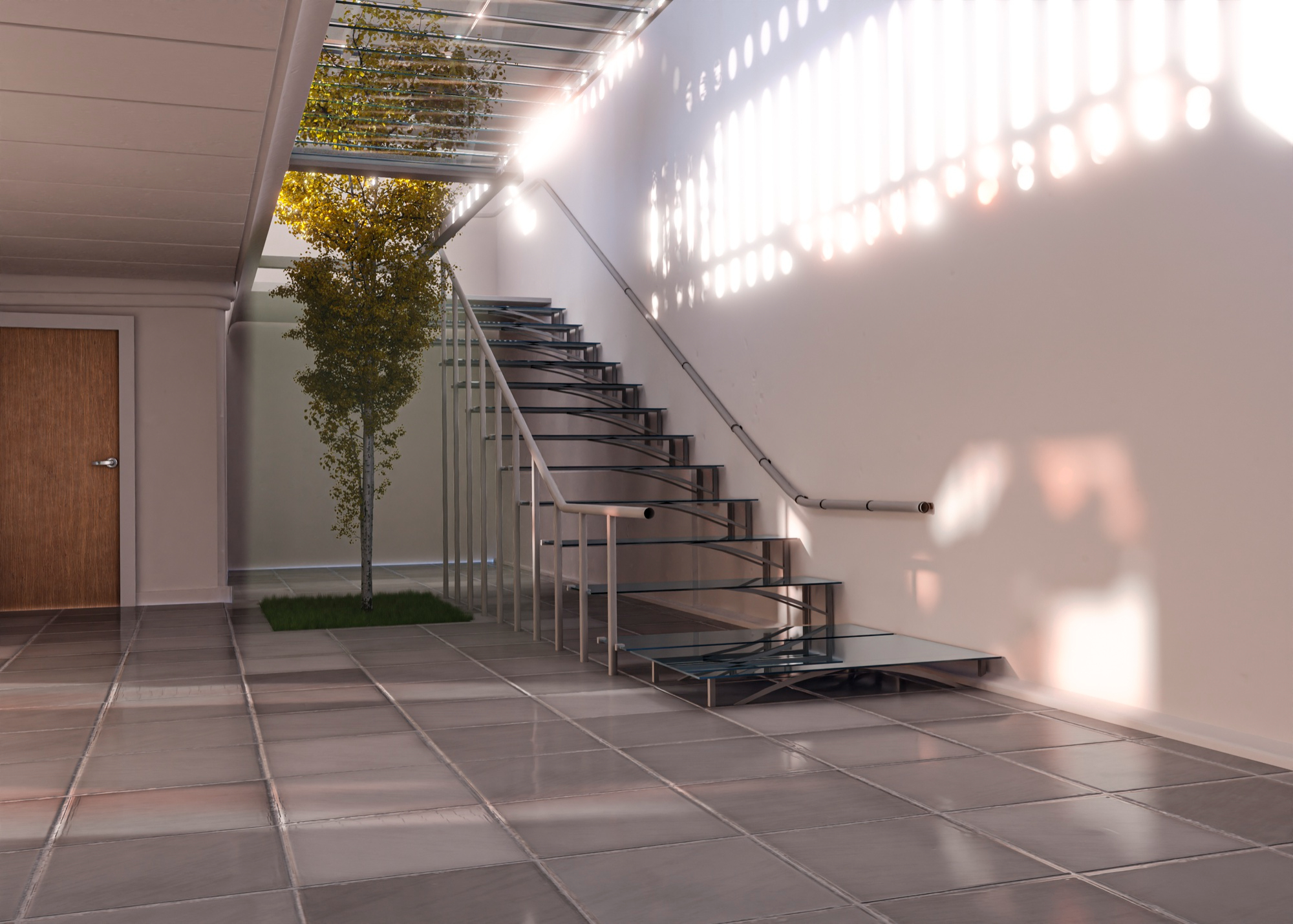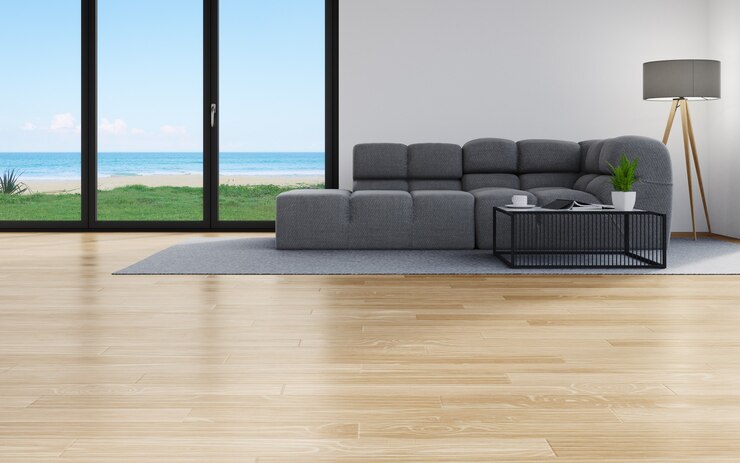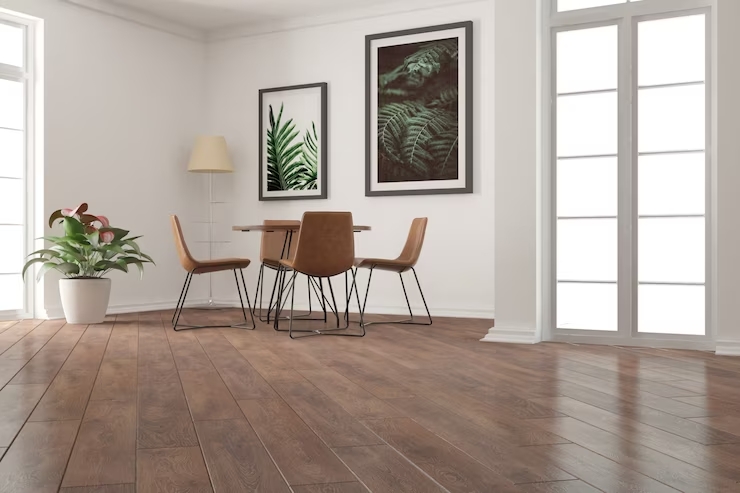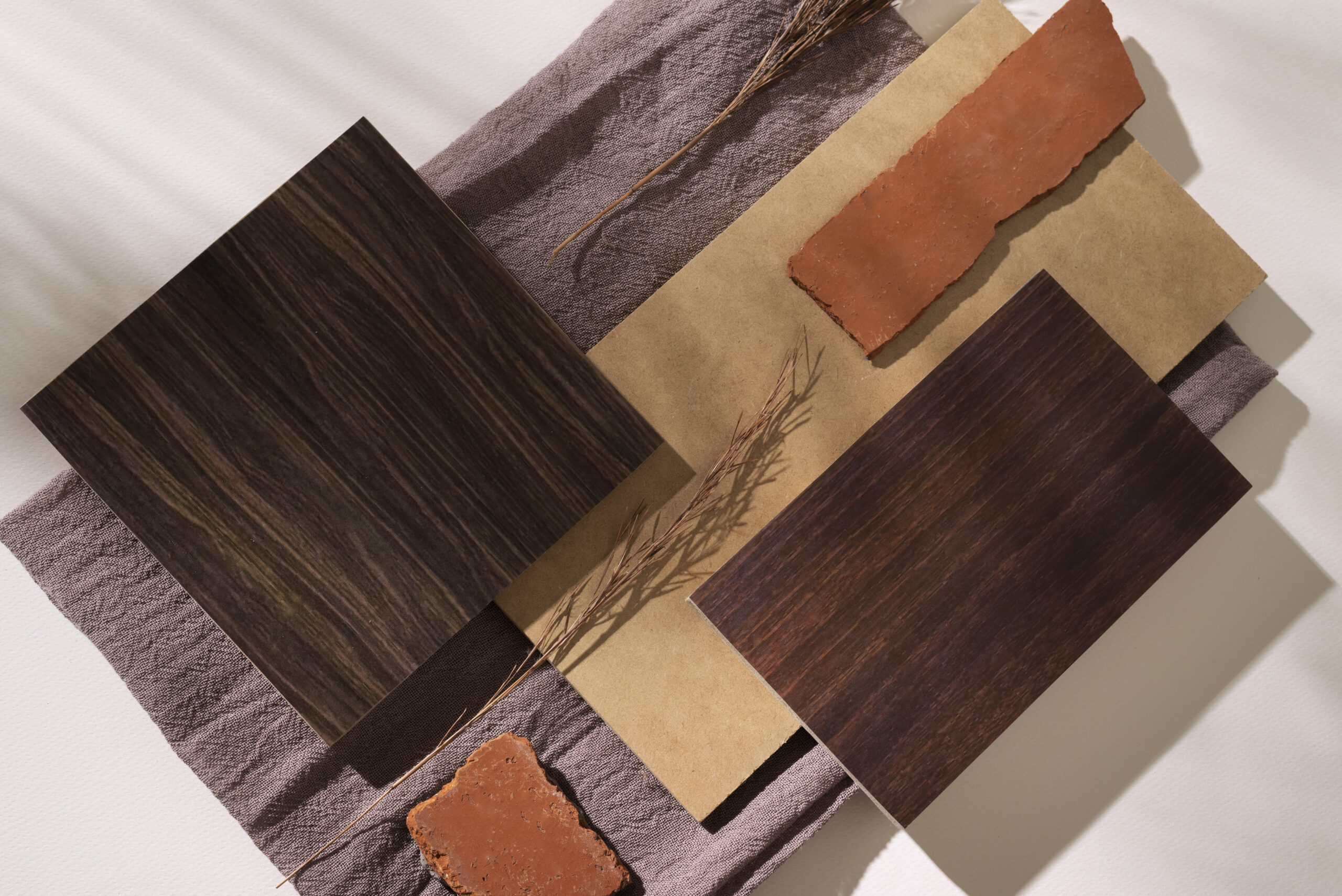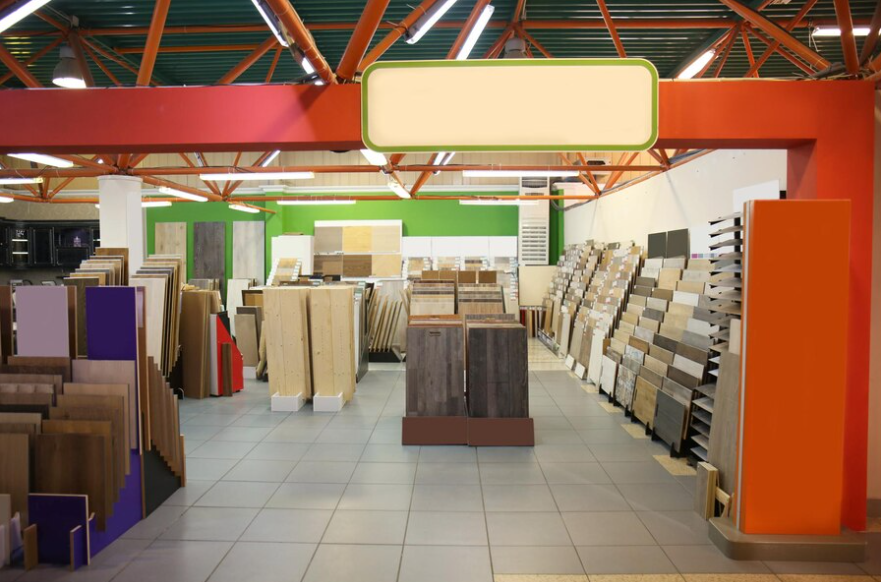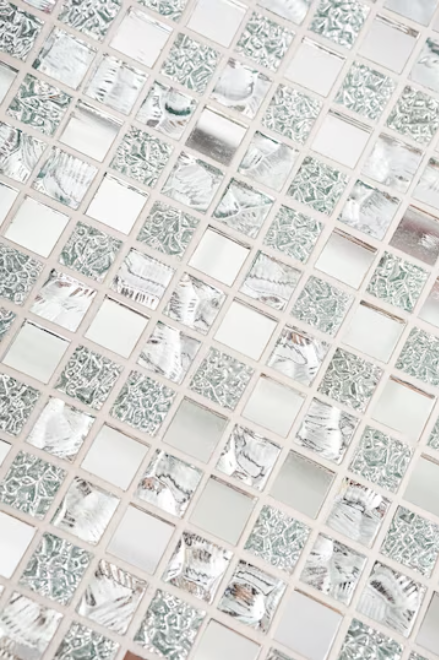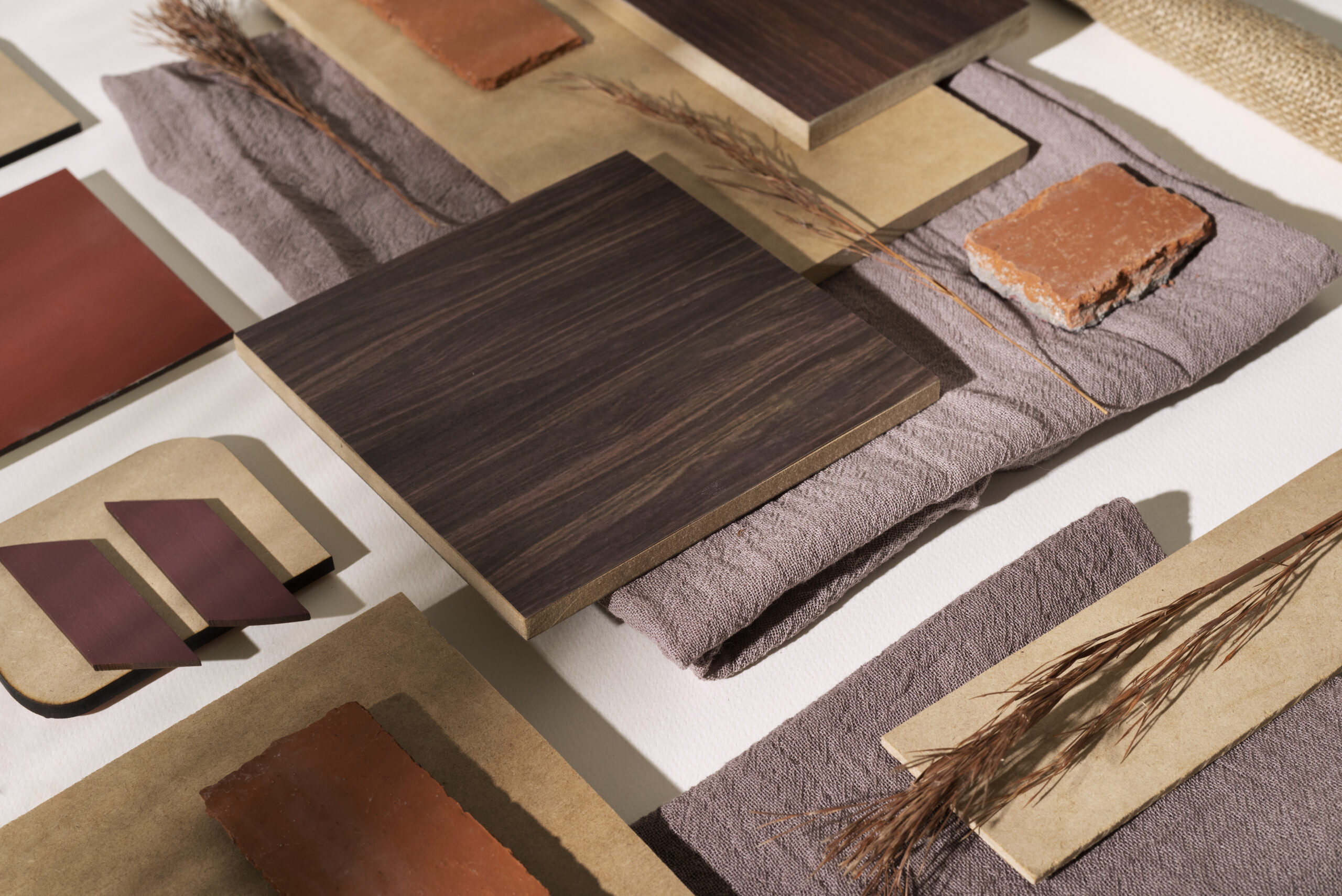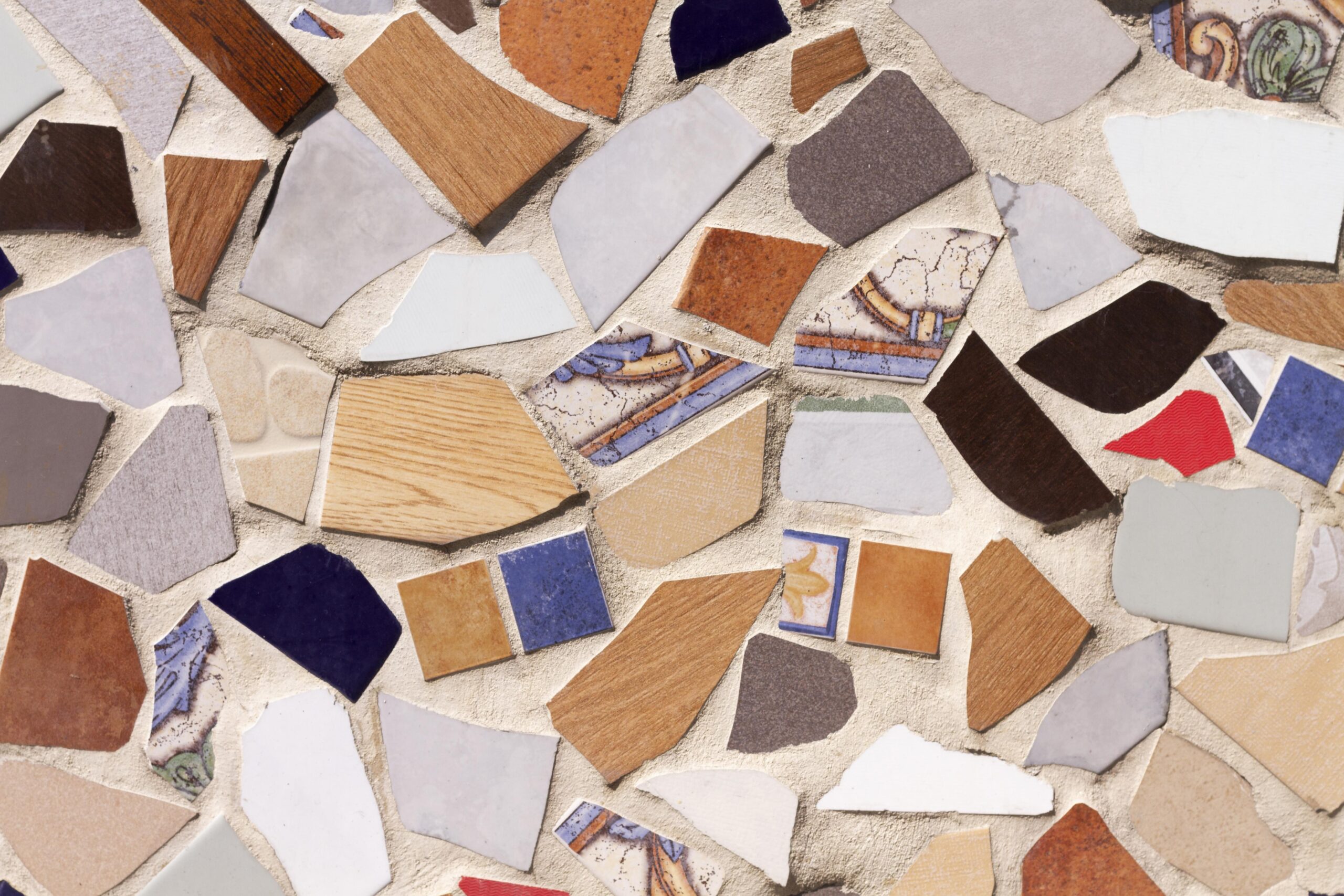How To Install Stone Flooring
Installing stone flooring requires careful preparation and attention to detail. Here is a general guide on how to install stone flooring:
- Prepare the Subfloor:
- Ensure the subfloor is clean, dry, level, and free from any debris or protrusions.
- Repair any cracks or uneven areas in the subfloor.
- Acclimate the Stone:
- Allow the stone flooring to acclimate to the room’s temperature and humidity for at least 48 hours before installation.
- Store the stone in the room where it will be installed.
- Plan the Layout:
- Determine the layout of the stone flooring, taking into account the shape and size of the room, doorways, and any design preferences.
- Use spacers to create consistent grout lines.
- Apply the Thin-Set Mortar:
- Mix the thin-set mortar according to the manufacturer’s instructions.
- Spread a thin layer of mortar onto a small area of the subfloor using a notched trowel.
- Work in small sections to ensure the mortar remains workable.
- Place the Stone Tiles:
- Place the stone tiles onto the mortar bed, pressing them firmly to ensure proper adhesion.
- Use a rubber mallet or wooden block to gently tap the tiles into place, ensuring they are level and even.
- Cut Tiles:
- Measure and mark tiles that need to be cut to fit around edges, corners, or obstacles.
- Use a wet saw or a tile cutter to cut the tiles to the desired shape and size.
- Wear protective gear when cutting stone tiles.
- Grouting:
- Allow the thin-set mortar to cure for the recommended time before grouting.
- Mix the grout according to the manufacturer’s instructions.
- Apply the grout using a grout float, working it into the joints at a 45-degree angle.
- Remove excess grout with a damp sponge before it dries.
- Sealing:
- Once the grout has dried, apply a stone sealer to protect the stone from stains and moisture.
- Follow the manufacturer’s instructions for proper application and drying time.
- Finishing Touches:
- Clean the stone flooring with a pH-neutral cleaner to remove any residue or haze.
- Install baseboards or transition strips as needed to complete the installation.
It’s important to note that this is a general guide, and the specific installation process may vary depending on the type of stone flooring and the manufacturer’s recommendations. It’s recommended to consult the manufacturer’s guidelines and seek professional assistance if needed to ensure a successful installation.
Suitability of Stone Flooring For Different Areas
Stone flooring is a versatile and durable option that can be used in various areas of a home or commercial space. Here is an overview of the suitability of stone flooring for different areas:
- Kitchen: Stone flooring, such as granite or slate, is highly suitable for kitchens. It is resistant to heat, stains, and scratches, making it ideal for high-traffic areas where spills and cooking mishaps are common. Stone flooring also provides a natural and elegant look to the kitchen.
- Bathroom: Stone flooring is a popular choice for bathrooms due to its water resistance and durability. Options like marble, limestone, or travertine can create a luxurious and spa-like atmosphere. Proper sealing is essential to protect the stone from moisture damage.
- Living Room: Stone flooring can add a touch of sophistication and elegance to the living room. Options like marble or travertine can create a stunning focal point, while limestone or sandstone can provide a warm and inviting feel. Stone flooring can withstand heavy foot traffic and is easy to clean.
- Entryway and Foyer: Stone flooring is highly suitable for entryways and foyers, as it can make a strong first impression. It is durable enough to withstand dirt, moisture, and abrasion from foot traffic. Options like granite or slate offer excellent durability and resilience in these high-traffic areas.
- Dining Room: Stone flooring can create a refined and elegant look in the dining room. Options like marble or travertine can provide a luxurious backdrop for dining furniture. It is essential to use rugs or chair pads to protect the stone from scratches caused by moving furniture.
- Outdoor Spaces: Stone flooring, such as limestone, slate, or sandstone, can be extended to outdoor areas like patios, decks, or poolside. These stones are naturally slip-resistant and durable, making them ideal for withstanding outdoor elements. It is important to select stones with proper weather resistance for outdoor use.
- Commercial Spaces: Stone flooring is often used in commercial spaces like hotels, restaurants, and office buildings due to its durability and professional appeal. It can withstand heavy foot traffic, provide a luxurious ambiance, and is relatively easy to maintain.
When selecting stone flooring for different areas, it is important to consider factors such as the hardness and porosity of the stone, the expected foot traffic, the presence of moisture, and the desired aesthetic. Consulting with professionals and considering the specific requirements of the area can help ensure the right stone flooring choice for each space.
Advantages and Disadvantages of Laminate Flooring
Advantages of Laminate Flooring:
- Affordability: Laminate flooring is a cost-effective option compared to other flooring materials such as hardwood or stone. It provides a similar aesthetic at a fraction of the cost.
- Durability: Laminate flooring is known for its durability and resistance to wear and tear. It is highly scratch-resistant and can withstand heavy foot traffic, making it suitable for high-traffic areas in residential and commercial spaces.
- Easy Installation: Laminate flooring is designed with a “floating” installation system, which means it does not need to be glued or nailed down to the subfloor. This makes it a popular choice for DIY enthusiasts, as it can be installed relatively easily and quickly.
- Wide Range of Designs: Laminate flooring offers a wide variety of designs, including realistic wood grain patterns, stone finishes, and tile imitations. It allows homeowners to achieve the desired aesthetic for their space without the higher cost associated with natural materials.
- Low Maintenance: Laminate flooring is easy to clean and maintain. Regular sweeping or vacuuming, along with occasional damp mopping, is usually sufficient to keep it looking clean and fresh. Laminate is also resistant to stains, fading, and moisture, making it a practical option for busy households.
Disadvantages of Laminate Flooring:
- Susceptibility to Moisture: While laminate flooring is relatively resistant to moisture, it is not waterproof. Prolonged exposure to water or excessive moisture can cause the planks to warp or swell. It is important to address spills and leaks promptly to prevent damage.
- Limited Repair Options: Unlike hardwood flooring, laminate flooring cannot be refinished or sanded down to remove scratches or restore its appearance. If a laminate plank is damaged, it usually needs to be replaced, which can be more challenging compared to refinishing hardwood.
- Sound and Feel: Laminate flooring can be louder and have a “hollow” sound compared to natural materials like hardwood or stone. The underlayment used during installation can help reduce noise, but it may still lack the solid feel and acoustic qualities of other flooring options.
- Resale Value: While laminate flooring offers an attractive appearance, it may not add as much value to a property compared to premium flooring materials like hardwood or natural stone. Some buyers may prefer the authenticity and perceived quality of natural materials.
- Environmental Considerations: Laminate flooring is typically made from composite wood materials, which may contain resins and chemicals that can release volatile organic compounds (VOCs). However, many manufacturers now produce low-VOC or eco-friendly laminate options to address these concerns.
It’s important to consider these advantages and disadvantages in relation to your specific needs, budget, and the intended use of the space. Consulting with flooring professionals can provide further guidance in selecting the best flooring option for your requirements.
Different types of finishes for hardwood flooring
- Importance of choosing the right finish for hardwood flooring
- Overview of the various types of finishes available
- Purpose of the article
- Oil-Based Finishes
- Characteristics of oil-based finishes
- Benefits and drawbacks of using oil-based finishes
- Application process and drying time
- Types of oil-based finishes, such as tung oil, linseed oil, and Danish oil
- Maintenance and care for oil-based finished hardwood floors
- Water-Based Finishes
- Characteristics of water-based finishes
- Advantages and disadvantages of water-based finishes
- Application process and drying time
- Different types of water-based finishes, including water-based polyurethane and acrylic
- Maintenance and care for water-based finished hardwood floors
- Polyurethane Finishes
- Overview of polyurethane finishes
- Types of polyurethane finishes: oil-based and water-based
- Durability and protection provided by polyurethane finishes
- Application process and curing time
- Maintenance and care for polyurethane finished hardwood floors
- Wax Finishes
- Explanation of wax finishes for hardwood floors
- Different types of wax finishes: paste wax, liquid wax, and hard wax
- Benefits and drawbacks of using wax finishes
- Application process and buffing techniques
- Maintenance and care for wax finished hardwood floors
- UV-Cured Finishes
- Introduction to UV-cured finishes for hardwood flooring
- How UV-cured finishes work and their benefits
- Application process and quick drying time
- Enhanced durability and resistance to scratches and fading
- Maintenance and care for UV-cured finished hardwood floors
- Penetrating Oils
- Understanding penetrating oils for hardwood floors
- Advantages and disadvantages of using penetrating oils
- Application process and curing time
- Different types of penetrating oils, such as hardwax oils and natural oils
- Maintenance and care for hardwood floors finished with penetrating oils
- Conversion Varnish Finishes
- Overview of conversion varnish finishes
- Characteristics and benefits of conversion varnish finishes
- Application process and drying time
- Enhanced durability and resistance to chemicals and moisture
- Maintenance and care for hardwood floors finished with conversion varnish
- Shellac Finishes
- Explanation of shellac finishes for hardwood flooring
- Characteristics and benefits of shellac finishes
- Application process and drying time
- Traditional and modern uses of shellac finishes
- Maintenance and care for hardwood floors finished with shellac
Conclusion
- Recap of the different types of finishes discussed
- Importance of considering factors like durability, aesthetics, and maintenance requirements when choosing a finish
- Encouragement to consult professionals and manufacturers for specific recommendations
- Final thoughts on the impact of finishes on the longevity and appearance of hardwood flooring
Tile look vinyl plank flooring
Tile look vinyl plank flooring is a type of vinyl flooring that is designed to look like ceramic or porcelain tiles. This type of flooring is becoming increasingly popular due to its durability, affordability, and ease of installation. Here are some of the key features and benefits of tile look vinyl plank flooring
Realistic Appearance
One of the main advantages of tile look vinyl plank flooring is that it looks like real ceramic or porcelain tiles. The planks are designed to mimic the look of grout lines, texture, and variation of tiles. Some manufacturers even create the plank with realistic grout line patterns, making it hard to distinguish from real tiles.
Durability
Tile look vinyl plank flooring is extremely durable and can withstand heavy foot traffic, spills, and scratches. It is also resistant to water, making it an ideal choice for kitchens, bathrooms, and other areas prone to moisture.
Low Maintenance
Tile look vinyl plank flooring requires very little maintenance, making it a great choice for busy households. It is easy to clean and does not require any special treatments or cleaners.
Comfortable Underfoot
Unlike real tiles, tile look vinyl plank flooring is comfortable to walk on and does not feel cold underfoot. The planks are typically thicker than tiles, which provides a cushioned feel that is similar to traditional hardwood flooring.
Easy Installation
Tile look vinyl plank flooring is easy to install, and many homeowners are able to do it themselves with minimal tools and expertise. The planks are designed to click together, eliminating the need for glue or nails. This not only saves time, but also reduces the mess and hassle associated with traditional tile installation.
Cost-Effective
Tile look vinyl plank flooring is a cost-effective alternative to ceramic or porcelain tiles. It is typically less expensive than tiles, and installation costs are also lower. Additionally, the durability of the flooring means that it will last for many years, reducing the need for costly replacements or repairs.
In summary, tile look vinyl plank flooring is a great choice for homeowners who want the look of ceramic or porcelain tiles without the high cost or hassle of installation. It is durable, low-maintenance, comfortable underfoot, and easy to install. Whether you are renovating your kitchen, bathroom, or any other area of your home, tile look vinyl plank flooring is a versatile and attractive option to consider.
Wholesale floor tile store in your area
If you are looking for a wholesale floor tile store in your area, there are several factors to consider before making a purchase. Wholesale stores can offer a wide variety of floor tiles at discounted prices, making them a great option for those on a budget or looking to buy in bulk. Here are some tips on finding the best wholesale floor tile store in your area:
Research and Compare Prices
The first step in finding a good wholesale floor tile store is to do your research. Look online for stores in your area and compare prices to get an idea of what you can expect to pay. Some stores may have better deals on certain types of tiles, so it’s important to shop around before making a purchase.
Check Reviews
Once you have a list of potential stores, check online reviews to see what other customers have to say. Look for stores with high ratings and positive feedback from customers. This can give you an idea of the quality of the tiles and the level of customer service you can expect.
Visit the Store
Before making a purchase, it’s important to visit the store in person. This will give you a chance to see the tiles up close and get a better idea of the quality and style. You can also speak with the staff to get advice on the best tiles for your needs and budget.
Check the Selection
Wholesale floor tile stores should have a wide variety of tiles to choose from. Make sure the store you visit has a good selection of tiles in different styles, colors, and materials. This will give you more options and help you find the perfect tiles for your project.
Consider the Customer Service
Good customer service is key when shopping at a wholesale floor tile store. Make sure the staff is knowledgeable and helpful, and that they are willing to answer any questions you have about the tiles. They should also be able to provide you with information on installation and maintenance.
Check for Discounts and Special Offers
Wholesale stores often offer discounts and special offers on floor tiles. Make sure to ask about any current promotions or discounts, and be sure to take advantage of them if they are available.
In summary, finding a good wholesale floor tile store in your area requires research, comparison, and careful consideration. Look for stores with good reviews, a wide selection of tiles, knowledgeable staff, and fair prices. By following these tips, you can find the perfect tiles for your project at a great price.
Difference between Ceramic and Porcelain tile
Ceramic and porcelain tiles are both made from clay and other natural materials, but there are some key differences between the two materials.
Composition
Ceramic tiles are made from a mixture of clay, minerals, and water, which is then fired at high temperatures. Porcelain tiles, on the other hand, are made from a more refined clay mixture, which is fired at an even higher temperature. Porcelain tiles are also denser and harder than ceramic tiles.
Durability
Porcelain tiles are more durable than ceramic tiles. Porcelain tiles are harder and less porous than ceramic tiles, which makes them less likely to crack or chip. Porcelain tiles are also more resistant to stains, scratches, and moisture than ceramic tiles.
Water Absorption
Porcelain tiles have a very low water absorption rate, which means they are highly water-resistant. This makes them ideal for areas with high moisture, such as bathrooms and kitchens. Ceramic tiles, on the other hand, are more porous and can absorb more water. This makes them less suitable for areas with high moisture.
Maintenance
Both porcelain and ceramic tiles are relatively easy to maintain and keep clean. However, porcelain tiles are generally easier to maintain because they are less porous and therefore less likely to stain. Ceramic tiles can be more prone to staining, and may require more frequent cleaning.
Cost
Porcelain tiles are generally more expensive than ceramic tiles. This is due to the fact that porcelain tiles are made from a more refined clay mixture and are fired at higher temperatures. Ceramic tiles are generally more affordable and come in a wider range of colors and styles.
In summary, the main differences between ceramic and porcelain tiles are their composition, durability, water absorption, maintenance, and cost. Porcelain tiles are more durable, water-resistant, and easier to maintain, but are generally more expensive than ceramic tiles. Ceramic tiles are less durable and water-resistant, but are more affordable and come in a wider range of colors and styles.
Patterned Porcelain floor tiles
Patterned porcelain floor tiles are a beautiful and durable option for any home. Porcelain tiles are made from a type of clay that is fired at high temperatures, making them extremely strong and water-resistant. The patterns on porcelain floor tiles can vary widely, from intricate geometric designs to more subtle textures. Here are some things to consider when choosing patterned porcelain floor tiles for your home:
Size and Shape
Porcelain floor tiles come in a variety of sizes and shapes, from small mosaic tiles to large format tiles. The size and shape of the tiles you choose can impact the overall look and feel of your space. For example, larger tiles can make a room feel more spacious, while smaller tiles can add texture and interest.
Color
Porcelain floor tiles are available in a range of colors, from classic white and beige to bold shades like blue and green. The color you choose can help set the mood for your space. For example, a light, neutral color can create a calming and relaxing atmosphere, while a bold color can add energy and excitement.
Pattern
The pattern on porcelain floor tiles can be subtle or bold, depending on your preference. Geometric patterns can add a modern touch to your space, while floral or organic patterns can create a more natural and organic feel. Consider the overall style and aesthetic of your home when choosing a pattern for your porcelain floor tiles.
Texture
Porcelain floor tiles can also have a range of textures, from smooth and glossy to rough and matte. The texture you choose can impact the overall look and feel of your space. For example, a smooth and glossy texture can create a sleek and modern look, while a rough and matte texture can add warmth and depth.
Installation
Installing patterned porcelain floor tiles can be more complex than installing a simple, solid color tile. Make sure you choose a reputable installer with experience in installing patterned tiles. The installer can help ensure that the pattern is laid out correctly and that the finished product looks beautiful and seamless.
When choosing patterned porcelain floor tiles, it’s important to consider your personal style and the overall aesthetic of your home. Consider the size and shape, color, pattern, texture, and installation when selecting the perfect porcelain floor tiles for your space.
Carpet and Flooring stores near me
As an AI language model, I do not have access to your location data. However, there are a few ways you can find carpet and flooring stores near you:
Use a Search Engine
You can use a search engine like Google to search for “carpet and flooring stores near me.” Google will use your current location to show you a list of nearby stores. You can also use other search engines like Bing or Yahoo.
Check Online Directories
There are several online directories that can help you find carpet and flooring stores near you. Some popular directories include Yelp, Yellow Pages, and Angie’s List. These directories allow you to search for businesses by location and filter results based on ratings and reviews.
Ask for Recommendations
You can ask your friends, family, or neighbors for recommendations on carpet and flooring stores in your area. They may be able to recommend a store that they have used in the past and trust.
Check Social Media
Many businesses have a social media presence, including carpet and flooring stores. You can check Facebook, Twitter, or Instagram to see if any stores in your area have a social media page. This can give you a better idea of the products and services they offer.
Visit Local Home Improvement Stores
Home improvement stores like Home Depot or Lowe’s often have a section for flooring and carpeting. You can visit these stores to see what options they have available and speak with their staff for recommendations or referrals to local carpet and flooring stores.
Once you have a list of potential stores, be sure to check their hours of operation and contact information before visiting. You can also check their website or social media pages to see what types of products they offer and if they have any current promotions or sales.
Best price ceramic tile flooring
Ceramic tile flooring is a popular choice for homeowners because it is affordable, durable, and easy to maintain. The cost of ceramic tile flooring can vary depending on several factors, including the size of the tiles, the quality of the tiles, and the complexity of the installation. In this article, we’ll explore some tips for finding the best price on ceramic tile flooring.
Shop Around
One of the best ways to find the best price on ceramic tile flooring is to shop around. Visit several different flooring stores to compare prices and options. Be sure to ask about any sales or discounts that may be available.
Buy in Bulk
Another way to save money on ceramic tile flooring is to buy in bulk. Purchasing a large quantity of tiles at once can often result in a lower price per square foot. If you have a large area to cover, consider buying in bulk to save money.
Choose a Standard Size
Ceramic tiles come in a range of sizes, from small mosaic tiles to large format tiles. Choosing a standard size tile can often be more affordable than choosing an unusual or custom size. Standard sizes are typically more widely available and easier to install, which can help keep costs down.
Consider Quality
While it can be tempting to choose the cheapest ceramic tiles available, it’s important to consider quality. Lower quality tiles may be more prone to chipping, cracking, or fading over time, which can result in costly repairs or replacement down the line. Choosing a mid-range quality tile can help you get a good balance between affordability and durability.
DIY Installation
Installing ceramic tile flooring yourself can be a great way to save money. While it does require some skill and patience, many homeowners are able to successfully install ceramic tiles with the help of online tutorials and instructional videos. DIY installation can save you the cost of hiring a professional installer.
In general, you can expect to pay anywhere from $1 to $15 per square foot for ceramic tile flooring, depending on the factors mentioned above. By shopping around, buying in bulk, choosing a standard size, considering quality, and DIY installation, you can find the best price on ceramic tile flooring for your home.


